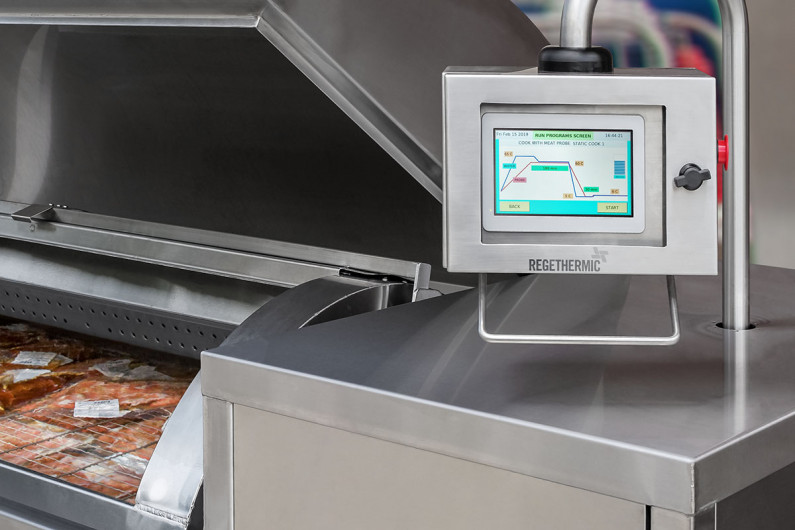What is HACCP?
5 October 2019

A Hazard Analysis & Critical Control Point Plan (HACCP) is a management system which identifies and manages food safety risks. Recognised internationally, it provides guides, limits and actions to ensure the end consumer receives a safe product.
HACCP is based on seven governing principles:
- Hazard Analysis
This principle identifies potential food safety hazards which fall into the categories of biological, chemical or physical risks, which may be responsible for causing injury or illness if a control parameter is breached. - Identify Critical Control Points
The identification of points within a manufacturing process where the risk of a significant hazard may exist and where steps should be implemented to either eliminate or manage that risk. - Establish Critical Limits
The maximum or minimal set parameter which must be adhered to ensure food is processed safely. - Critical Control Monitoring
Steps set in place to monitor and record each ‘at risk’ stage of the process to ensure any breaches are recorded and rectified. - Corrective Actions
Steps outlining the process to follow if a breach of a critical limit occurs, to correct the breach and avoid any negative impacts on consumers. - Verification
This principle is in place to ensure the validation of each critical control point is met, this may include review of the CCP’s or records, calibration of monitoring equipment, microbiological validation - Record Keeping
Accurate and verifiable records kept to provide evidence that food has been processed in accordance with the HACCP plan requirements. These include conformity to the critical control points pre-established parameters, and limits including any corrective actions that may have been taken.
Regethermic encompasses state of the art technology within its products to validate and record the Critical Control Points associated with its equipment, whether it’s pumping a product into a casing, cooling, cooking or pasteurising a product.